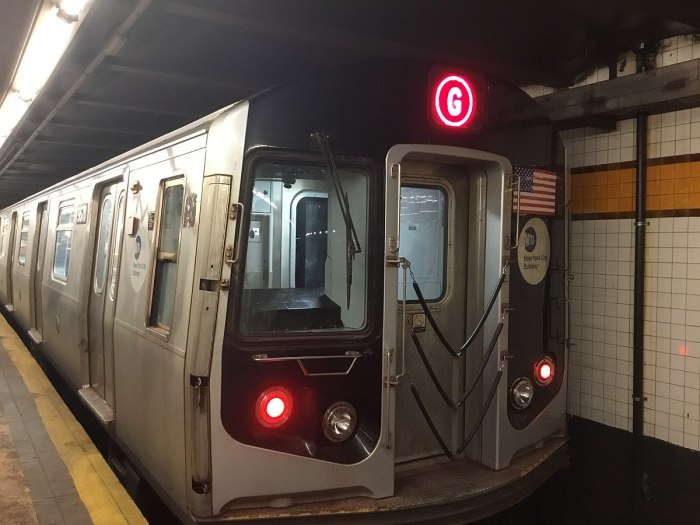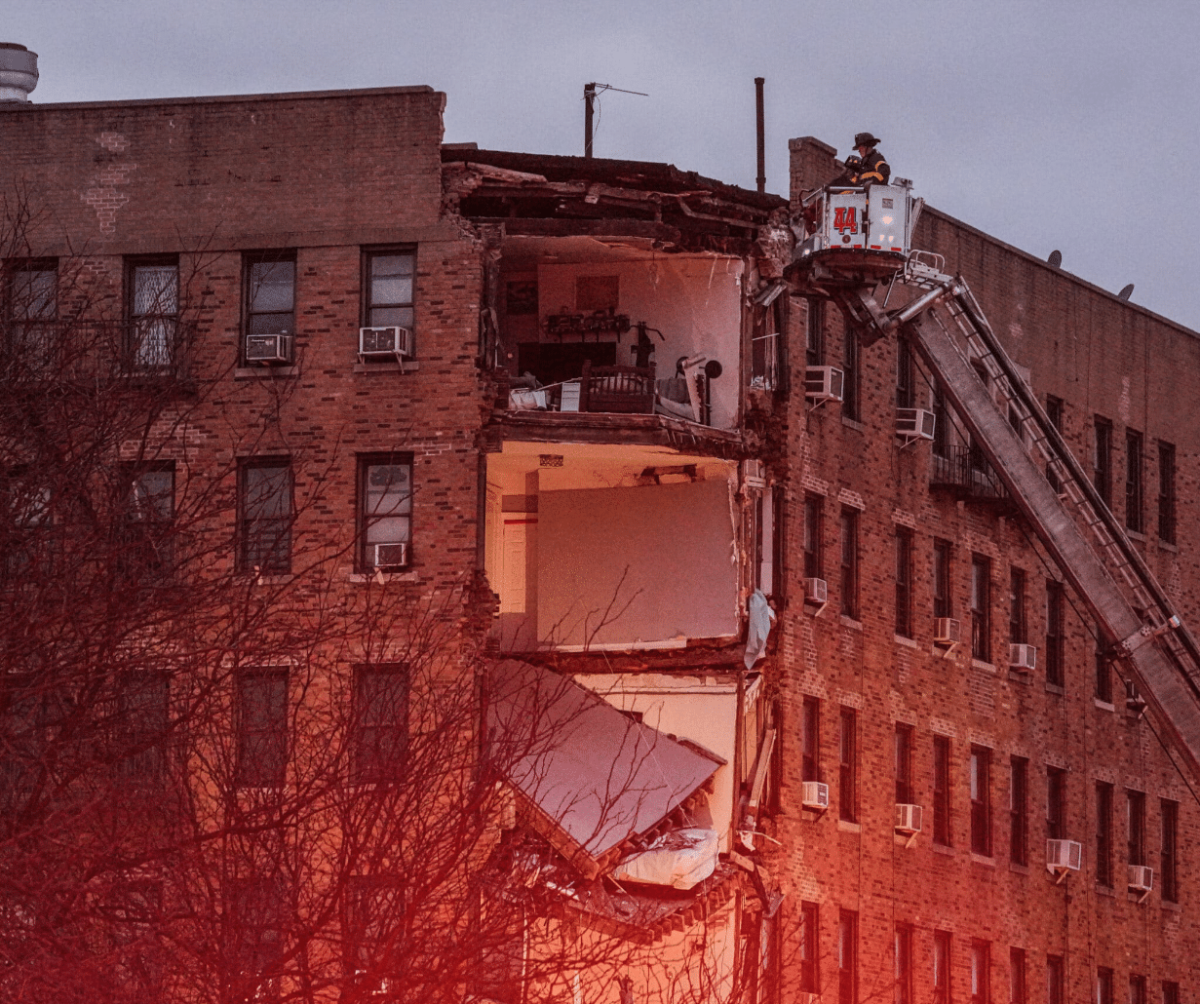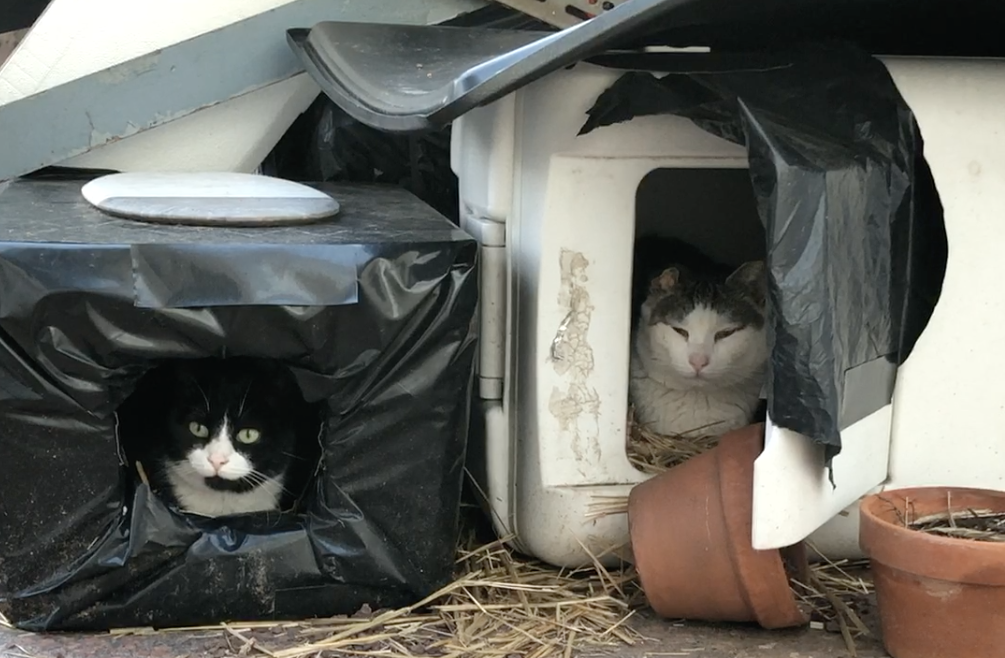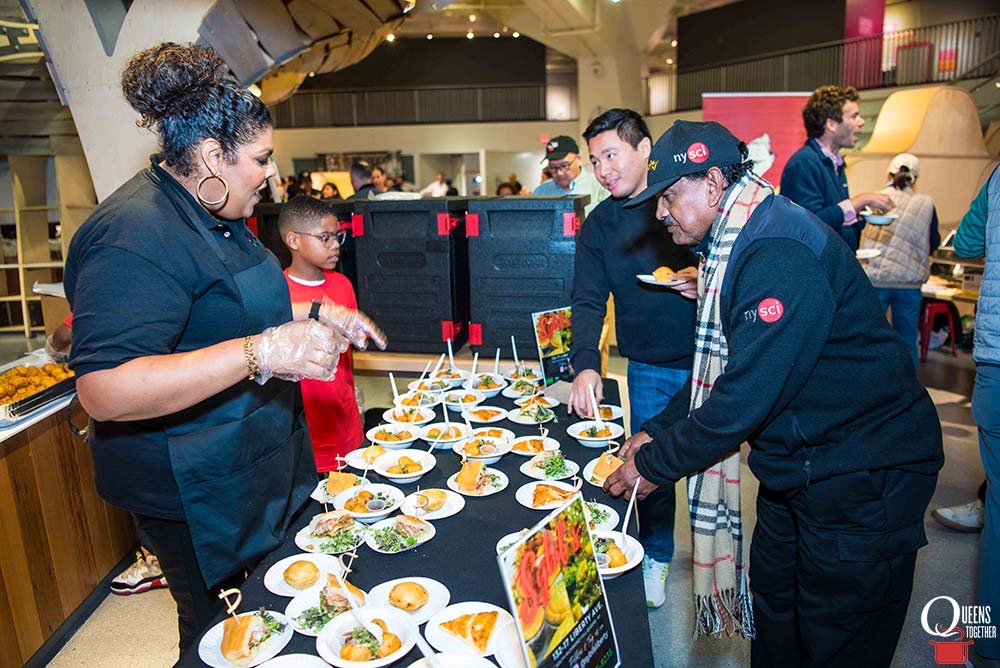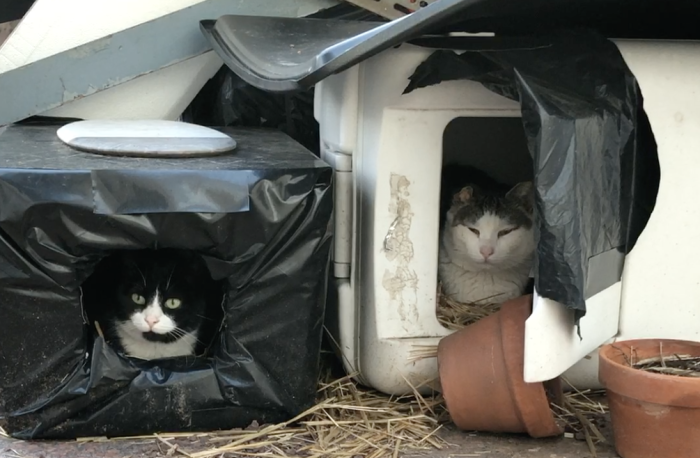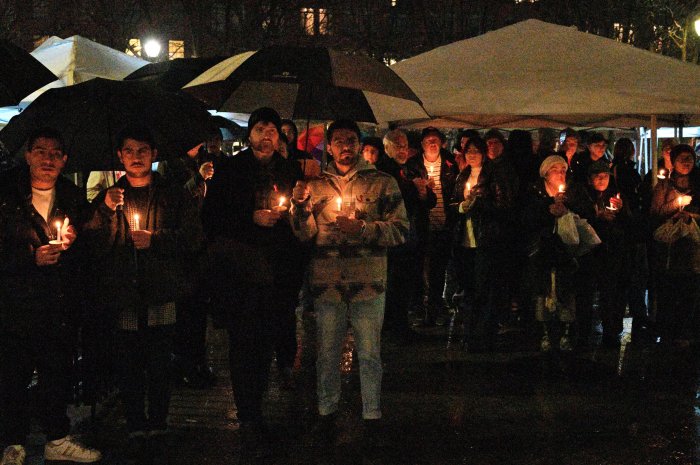
SAN JUAN — This weekend, San Juan hosts the Fiestas de la Calle San Sebastián, a wild, joyous, Mardi-Gras-like close-of-the-Christmas-season festival. Even though some 40 percent of the island still does not have power in the wake of the devastating Hurricane Maria, Mayor Carmen Yulin Cruz did not spoil the party.
Former Mayor Michael Bloomberg was faced with a similar decision days after Superstorm Sandy. The beloved New York City Marathon was much closer to the disaster, but the mayor and race officials also had to consider the energy spent on going forward. The marathon — a sporting event that draws from countries across the globe — was canceled.
Under Cruz? The San Juan festival started a day early.
“It means that we are in a fighting mode,” Cruz said Wednesday at her fiesta command center, explaining a decision that underscores the kind of year 2017 was for Puerto Rico as well as the obstacles the future brings.
Pugilism might be unsurprising from a mayor who forcefully sparred with President Donald Trump — taking to the airwaves to make the case that people were dying on the island as a result of what she said was a botched federal response to the hurricane. On day one of the festival, which spills through the echoing streets and plazas of Old San Juan, the fighting spirit was on display: from the Puerto Rican flags among trombone-led parades to the patriotically clothed dancers oozing down the streets. But there was also a sense of relief for those who were able to make it to the party: Something normal was happening in a most uncertain time.
“I don’t think it can be stopped,” said Marvin Ortiz, 34, manning a Medalla drink booth on the edge of Plaza V Centenario. “It’s like, the show must go on.”
The weekend is a good chance to forget about what life has been like offstage since the September hurricane. Ortiz, who lives just south of San Juan in Guaynabo, says he was without power for about three months after the hurricane. Those days were marked by five-hour lines for gasoline and strange mornings waking with the sun. Until he got a generator, he survived on canned food, tuna and Tostitos. As a server at two restaurants, he couldn’t at first count on work: the Chili’s he works at was open the weekend after Maria, but then its generator died. At the other restaurant, there was no generator at all.
That felt like a distant memory under the street lamps of electrified Old San Juan, the smell of fried arepas and chicken everywhere.
Wednesday was something of a soft opening for the real party this weekend, when the biggest musical acts will take the stage and crowds will be so deep that it will take half an hour to walk a few blocks.
The city needs those crowds, almost desperately. That’s one of the differences between the marathon in NYC and the street festival here: NYC at that point could weather a blip in visitors. San Juan would have more difficulty. Tourism has sometimes been a bright spot for the island’s economy.
Going forward with the party as planned shows that Puerto Rico is “open for business,” Cruz said.
Who’s business? Hopefully, those tourist hordes embodied by the flock of cruise ships which are docked at San Juan and will likely emit tens of thousands of money-spending visitors this weekend.
That money is needed almost as badly as power. Puerto Rico was already reeling from an economic recession and high unemployment before the hurricane hit.
So the fiesta will attempt to reassure on multiple levels — for the Puerto Ricans who come from near and far to dance and eat or even sit quietly on the plaza stones, listening to music float over the Castillo San Felipe del Morro, the iconic 16th century Spanish fort.
“We are very strong,” said one such sitter on Wednesday, Mima Vargas, a professor at the University of Turabo. “Your father can die, but you go to the festival, because it’s a tradition.”
There’s little doubt that Puerto Ricans, like New Yorkers, will be strong enough to keep their traditions alive. But the difficulties won’t end with a successful festival, or even with full storm recovery. There are larger unknowns about how to make the island thrive, and how to get the economy working. So far, the most immediate — if tenuous — answer may be those cruise ships on the horizon.
“That’s a very happy sound,” Cruz said as the mammoth ships’ horns blared in the distance. “That’s the sound of hope.”
Mark Chiusano is reporting from Puerto Rico this week. Follow him on Twitter @mjchiusano.




